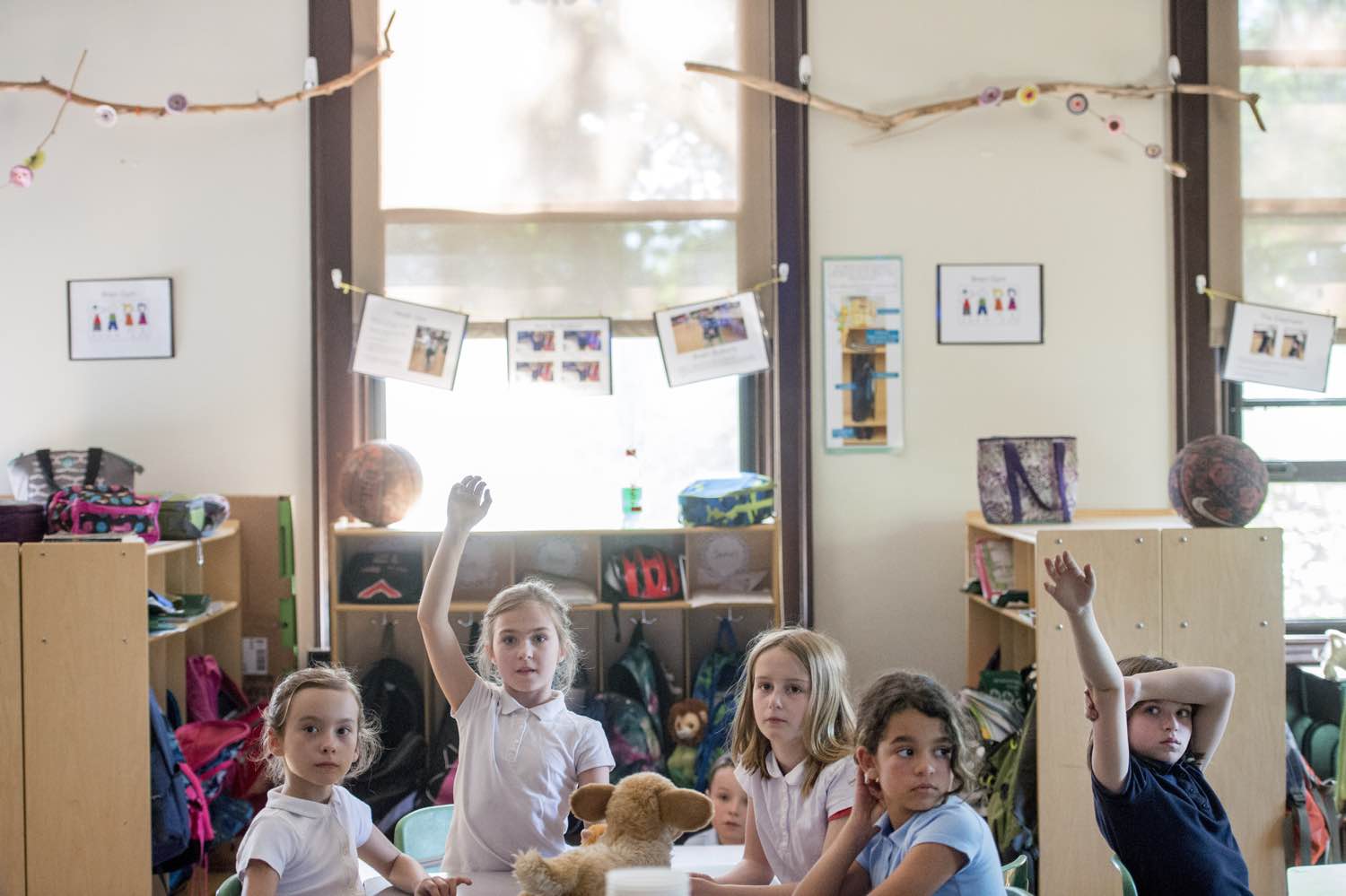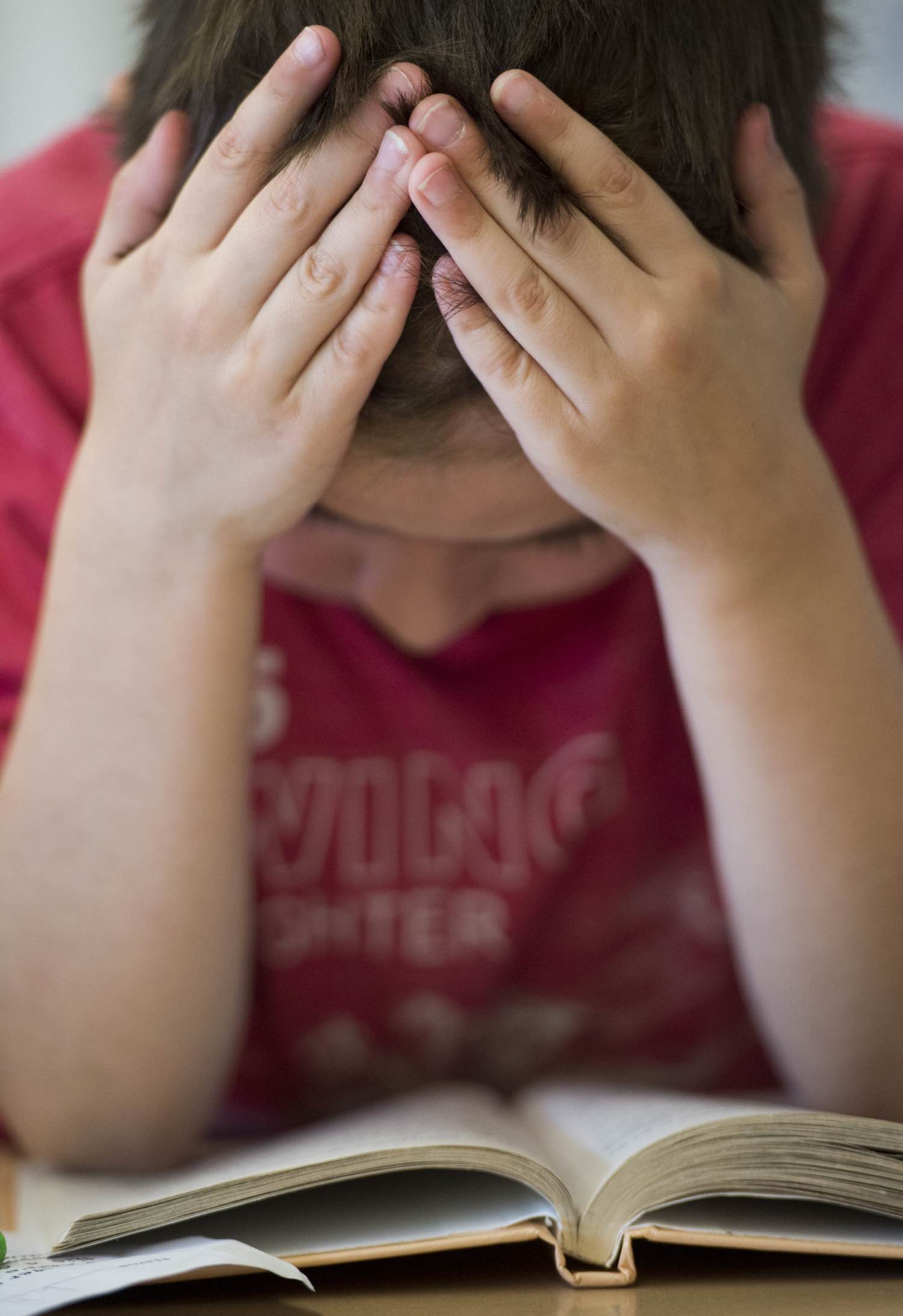Cover illustration by Dan Marsula
June 18, 2017
Reporting Elizabeth Behrmanand Liz Navratil
First in a series on Pennsylvania charter schools
In the mid-1990s, an idea had taken root in the minds of some Pennsylvania political leaders and wasn’t letting go.
Fresh off a failed attempt to create a statewide school vouchers program, Gov. Tom Ridge and fellow supporters of school choice turned to charter schools as a backup plan for education reform. After months of meetings and rigorous lobbying, the state Legislature approved the Pennsylvania Charter School Law in June 1997.
>_current.education
Pittsburgh data decoded
The legislation allowed for the creation of independently operated schools with specialized curricula and funded with public money — a change that was embraced by parents who wanted to be able to send their children somewhere other than their neighborhood school, and lawmakers who believed it could help save money and allow for sharing of innovative new methods to educate Pennsylvania’s children.
“Related to that dissatisfaction was the notion then that there might be other ways of doing things,” said Ronald Cowell, president of the Education Policy and Leadership Center and a former state legislator from Wilkins who voted in favor of the law. “Charter schools presented the opportunity to try some other things and learn some things.”
The introduction of charter schools dramatically changed the education landscape in Pennsylvania over the past 20 years — sometimes in ways legislators didn’t anticipate. Months after the legislation passed, six charter schools opened in the state. By the 2015-16 school year, the latest for which data was available, that number had ballooned to 175 — including 14 cyber charter schools. Together, they educate more than 130,000 children, or 7 percent, of Pennsylvania students.
While supporters continue to praise charter schools for providing additional opportunities for low-income students or others whose needs aren’t being met by traditional public schools, critics say they fail to share best-practices for educating students, lack appropriate oversight and place a financial burden on cash-strapped districts.
School districts pay a per-pupil tuition rate to the charter schools that students elect to attend, and they pay for transportation and other costs. The costs vary widely across the state, and districts don’t receive assistance from the state for those kids.
For example, the Clairton City School District, which has a budget of about $15 million, pays charter schools between $1.2 million and $1.4 million per year.
Dollar figures are adjusted for inflation via U.S. Bureau of Labor Statistics' Inflation Calculator. Inflation numbers calculated as of May 2017.
*non-special education students
The Pittsburgh Post-Gazette examined two decades’ worth of state and local data to gauge the impact charter schools have had on education in Pennsylvania, and to determine whether the law has upheld its original promise.
Here are some of our findings:
Jeremy Resnick, an early supporter of charter schools and the founder of the Propel Schools network, which now operates a 13 charter schools in Allegheny County, said that because of the law, public education in Western Pennsylvania looks vastly different than it did in 1997.
“My sense of it is school districts have gotten considerably better since 1997,” said Mr. Resnick, a former Pittsburgh Public Schools teacher. “Now parents are empowered to choose and school districts are responding. I think the story of the past 20 years has been generally positive for public education in Allegheny County. And I think that’s a good thing. If I was a legislator — a retired legislator — thinking back on my my vote in 1997 and wondering whether this chartering idea was a good idea, I think the answer is yes. What you’ve seen is substantial improvements from the point of view of parents and kids. And not just the ones that are in charter schools.”
School districts have since closed some of their lowest-performing schools, Mr. Resnick said. A number of districts have created cyber schools or magnet programs to compete with the charter schools and provide those options to parents and students.
The idea of school choice — and particularly the theory that public schools will improve in response to competition from other schools — has been thrust again onto the national stage after President Donald Trump and U.S. Department of Education secretary Betsy DeVos expressed their support for not only charter schools, but school voucher programs and tax credit money used to fund scholarships to private schools.
“If the traditional schools were meeting the needs of all children, the charter schools would not exist,” said Ana Meyers, executive director of the Pennsylvania Coalition of Public Charter Schools, which advocates for quality charter schools in the state.
While acknowledging that charter schools can be beneficial for some students, many have criticized the Pennsylvania Charter School Law itself, pointing out it hasn’t been updated in a major way since 2002, when the Legislature allowed for the creation of cyber charter schools. Even proponents of the law have agreed that it needs to be changed.
“I think there’s a lot of work to be done — it’s an evolving process,” Ms. Meyers said. “Any law is like that. It needs to be updated because times change and needs change. I think overall comprehensive reform is difficult in Pennsylvania. It’s difficult to find consensus.”
Pennsylvania Auditor General Eugene DePasquale is a frequent critic of the law and famously dubbed it “the worst in the nation.”
Over the past several years, his office has criticized the way some charter schools spend money, raising questions about their leases, contracts and, in at least one instance, how a cyber charter school purchased laptops for students, who weren’t required to return them. Mr. DePasquale has repeatedly called on lawmakers to update the legislation to make the schools — particularly the state’s handful of massive cyber charter schools — more responsible with taxpayer money.

Chapin Nienhuis, Auden Campbell and Rohan Pellathy fold their gloves during class in the school's garden on Wednesday, May, 17, 2017 at the Environmental Charter School at Frick Park. (Steph Chambers/Post-Gazette)

Chloe Crawford, Lili Levkulik, Lucia Samaras, Kryia Spadafora and Alexis Leffakis sit together at a table during class on Wednesday, May, 17, 2017 at the Environmental Charter School at Frick Park. (Steph Chambers/Post-Gazette)
“Charter schools are here to stay,” he said. “So let’s make sure it’s quality choices then.”
Gov. Tom Wolf last year announced the formation of a new charter school division within the Pennsylvania Department of Education to “improve quality and accountability of charter schools in Pennsylvania.” Matthew Stem, the department’s deputy secretary for elementary and secondary education, said the division provides resources and guidance to charter schools and school districts in an attempt to better monitor not only charter school operations but also their academic performance.
“We see charter schools as equal partners in our public education system,” Mr. Stem said. But, he added, the department wants to focus more on holding certain charter schools, particularly cyber charter schools, accountable for their academic scores and working with the schools to improve.
PDE and Mr. Wolf have expressed a desire for statutory updates to the charter school law, but the repeated attempts at doing so fail when lawmakers can’t agree on how to do it.

Third grader Eli Parker reads during class on Wednesday, May, 24, 2017 at Pittsburgh Phillips K-5 Elementary School in the South Side. (Steph Chambers/Post-Gazette)
“Two decades of charter schools’ existence in the commonwealth have made evident that the charter school law must be reexamined for its shortcomings,” Mr. Stem said.
Legislators in 1997 may not have expected so many charter schools to form all across the state, rather just a few in urban centers like Philadelphia and Pittsburgh, Mr. DePasquale said. They also likely did not anticipate how school districts that don’t have a brick-and-mortar charter school would suddenly be paying thousands of dollars to enroll a student in a cyber charter school, or that tuition rates for special education students would suddenly skyrocket without the application of a tiered payment system taking into account the range of severity of students' disabilities.
“When you don’t update the law, issues don’t get tackled,” he said.
Mr. Cowell, who is now based in Harrisburg, agreed with the auditor general.
The Internet was in its “infancy” in 1997, so legislators had no way of predicting that “superintendents up there near the New York border were getting bills from a [cyber] charter school that was based down there in Midland,” he said. Many also anticipated that only a handful of students from a traditional public school would leave to attend a charter with a specialized science or arts curriculum, for instance.
The state initially contributed more than $200 million annually to assist school districts with the tuition payments to charter schools, but that funding was eliminated in 2011 under Gov. Tom Corbett and has not been restored. And, Mr. Cowell added, the charter schools and school districts were supposed to share strategies and best practices, which hasn’t happened “except by happenstance.”
“You put all of that together and it’s a major barrier to school districts welcoming charters as part of a public school menu and collaborating with them to maximize options that are available to students,” Mr. Cowell said. “Fixing and reform is always in the eye of the beholder. A lot of people think it needs to be fixed, but there’s no consensus about how to do that.”
Elizabeth Behrman
@ebehrman
412-263-1590
lbehrman@post-gazette.com
Liz Navratil
@liznavratil
412-263-1438
lnavratil@post-gazette.com
Design & Development Zack Tanner
As the 20th anniversary of charter schools approached, the Pittsburgh Post-Gazette sought to learn how they impacted education in Pennsylvania. Over four months, the newspaper sorted through various databases kept by the state Department of Education — some of which included thousands of records.
Below is a summary of how we calculated various data sets that appear in this story:
For all data sets, except for the tuition data, the 2015-16 school year was the latest for which data was available when the Post-Gazette published this story. In some cases where percentages are involved, numbers may not add to 100 percent because of rounding.
Advertisement
Advertisement